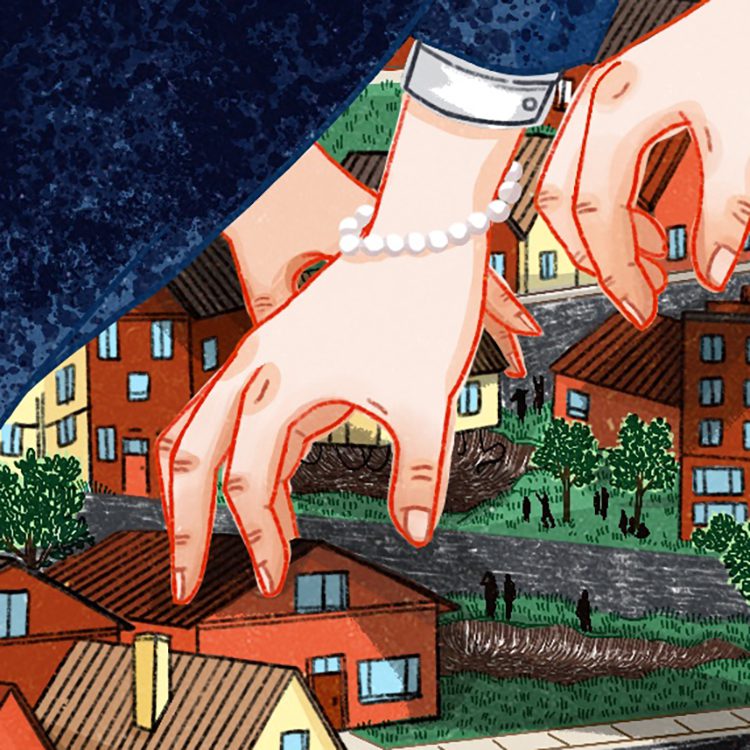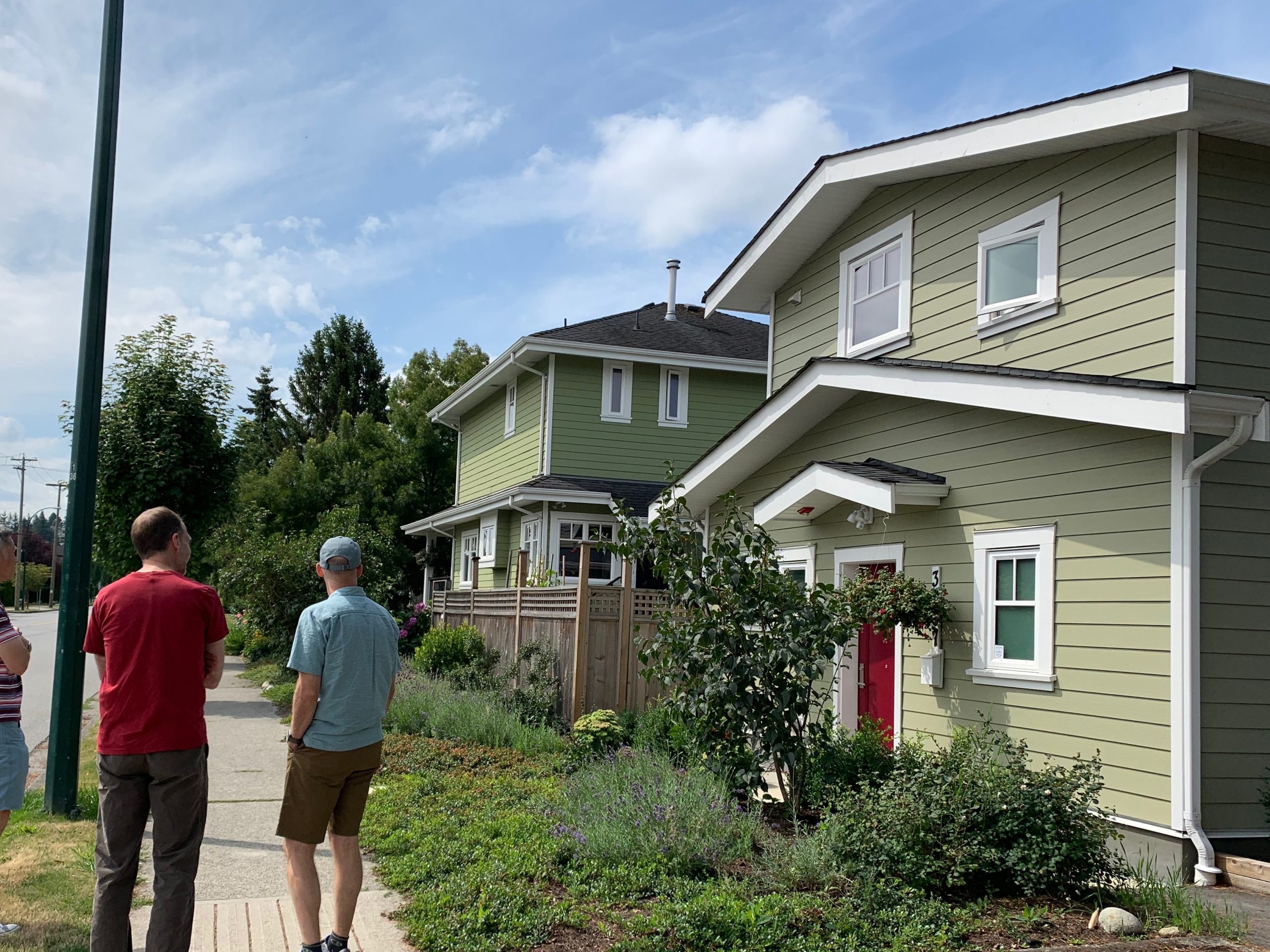In 2001 California imposed a strict prevailing wage requirement on affordable housing developers. But that was before two studies showed the effect of prevailing wages on the pace of housing development.
A 2003 study by the researchers at the University of California at Berkeley, funded in part by HUD, predicted that the new law would mean 2,600 fewer units would be produced annually in the state through the federal Low Income Housing Tax Credit program. A second study in 2004, by the now-defunct California Institute for County Government, found that the average per unit costs of prevailing wage housing projects were over 35 percent more than comparable costs of projects that paid a market wage. Overall costs of prevailing wage projects were more than 25 percent greater than for market wage projects. The group’s data was derived from looking at 365 multi-family rental developments built in California between 1997 and 2002, using the federal Low Income Housing Tax Credit. Of the 365 projects, 85 paid prevailing wages to construction workers.
In 2005, the state decided to exempt projects that receive tax credits or tax-exempt bonds from its prevailing wage requirements. Its reasoning was that these projects are not public works projects, since they are not technically paid for out of public funds. The state AFL-CIO vowed to take the case to court if it couldn’t change the state’s mind. Meanwhile, while tax credit projects are exempt, many nonprofit developers still rely on other sources of state and federal funding that do require them to pay the prevailing wage.
– David Holtzman




Comments